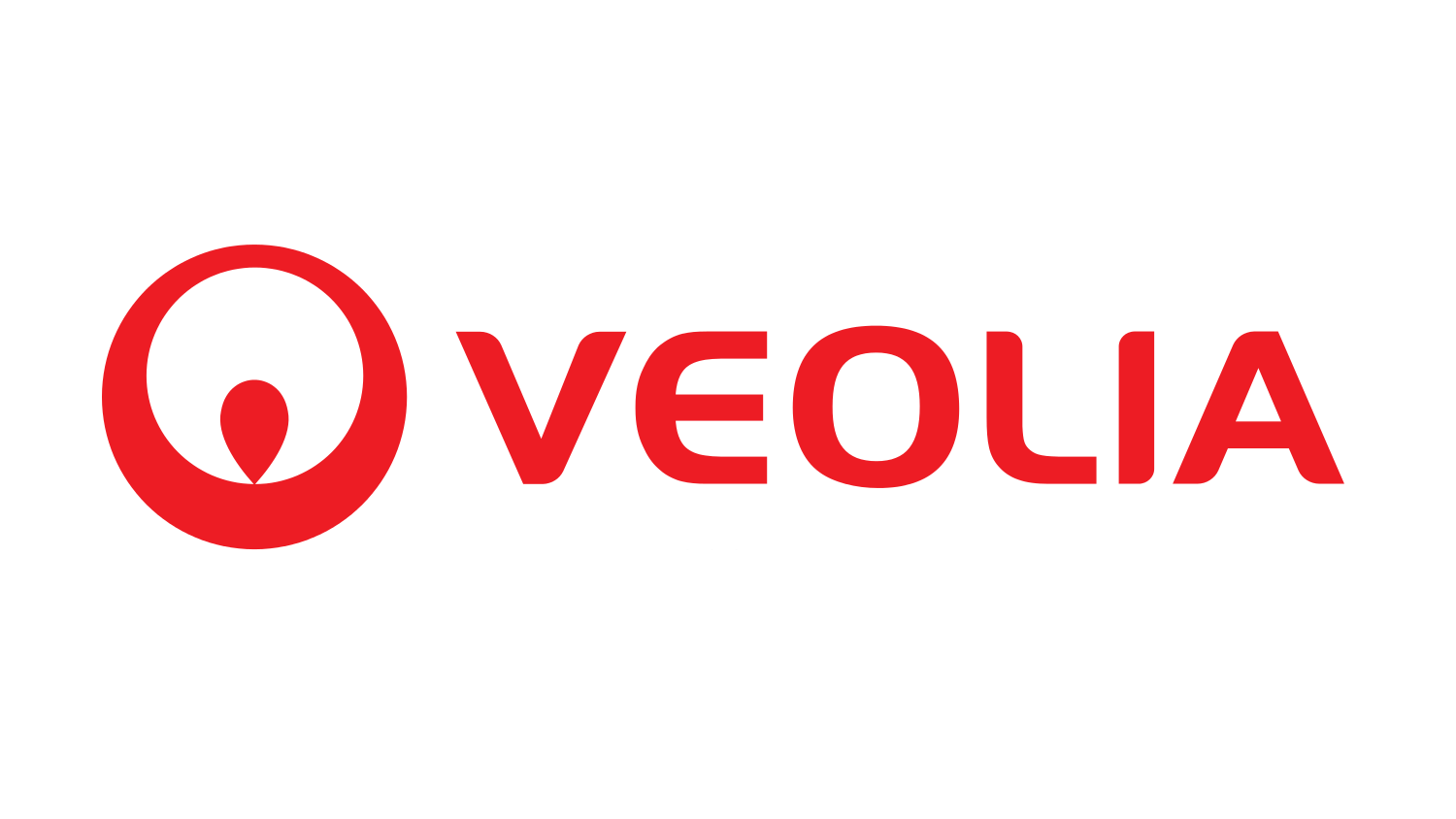A few days ago YouTube’s algorithm correctly has correctly suggested to me to have a link at this video.
Made by Business Insiders is an interesting addition to the theme of wind blade disposal – have a look at my previous post on the topic on how to use blades to make cement.
You will see that first GE has to pay Veolia to get the blades and that subsequently Veolia pays to send the final product to cement factories. This suggest that the technology is not cost effective yet.
I also notice that the video mention that the blades are between 8 and 12 years old. That’s very unusual – the typical life of a wind turbine is 20+ years (some are reaching 30 or even 35 years).

Leave a Reply